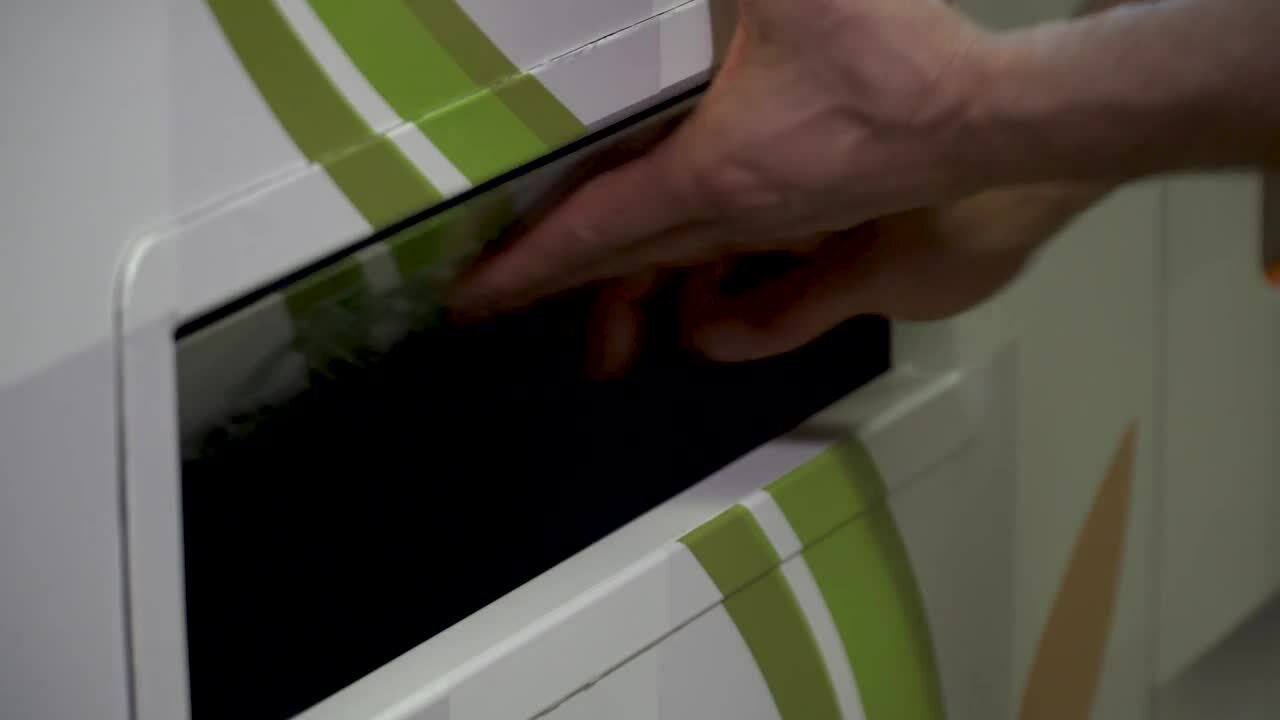Living a healthy lifestyle involves exercising, paying attention to your mental health, and eating right. And part of eating right is reading — and understanding — the nutritional labels on food products. You can buy all the fruits and veggies you want, but if you’re not paying attention to what’s on the package, you might be giving yourself and your family food that isn’t as healthy as you think.
Here are some tips for reading food labels:
Look at the ingredients list.
This seems obvious. But looking at the ingredients list means more than just studying what ingredients go into a product. Be aware that the ingredients are listed in order of volume; the first ingredients listed make up the largest part of whatever the product is. If one of the first ingredients is a type of sugar, hydrogenated oil, or refined grain, that food probably isn’t very healthy.
Ignore claims on the front packaging.
Remember that the labels on the front of food packaging are designed to draw consumers in and entice them into buying that product. That doesn’t mean they’re entirely accurate. Don’t automatically trust what the front packaging is telling you about a food; some of these labels can be highly misleading.
Consider the serving size.
Another thing to remember when looking at food labels is the serving size. The numbers you’re seeing state how much of that ingredient or nutrient is in a standard amount of the product, usually a single serving. But bear in mind that one single serving is often far less than what you’d consume in one sitting. You’ll need to multiply the serving size by the number of servings you consumed in order to know the precise nutritional value of what you’ve eaten.
Pay attention to sugar.
Many foods, especially processed ones, are loaded with unhealthy sugar. But it might not always go by that name, fooling consumers into purchasing something they think is healthier than it really is. If you see things like corn sweetener, high-fructose corn syrup, malt syrup, maltose, dextran, glucose, or evaporated cane juice, it’s added sugar. Factor this in when you’re purchasing food to make sure you’re getting what you really want.
Know What You’re Eating
Take a look at the nutrition labels the next time you visit the grocery store. That way, you know you’re feeding yourself and your family the healthiest options possible. Plus, you’re not wasting your money on unhealthy options.

 SBA Approved and Recommended
Veteran Friendly
SBA Approved and Recommended
Veteran Friendly



